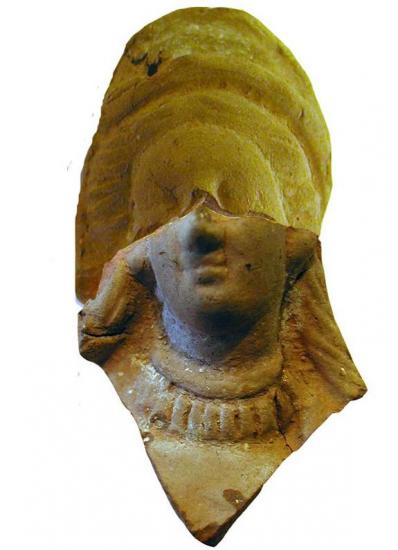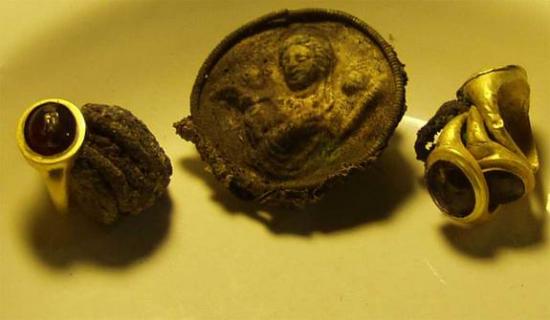PART.2
A Greek lifestyle
Vinokurov's team, including a number of volunteers, has been exploring Artezian since 1989 and has found that the people of the settlement followed a culture that was distinctly Greek. The population's ethnicity was mixed, Vinokurov wrote, "but their culture was pure Greek. They spoke Greek language, had Greek school; the architecture and fortification were Greek as well. They were Hellenes by culture but not that pure by blood."

The citadel was torched by the Roman army in A.D. 45, with many of its inhabitants likely killed. Some time afterward Artezian was rebuilt with stronger fortifications although it, along with the rest of the Bosporan Kingdom, was under the sway of Rome
Greeks are known to have created colonies on the Black Sea centuries earlier, intermarrying with the Crimeans. The customs and art forms they introduced appear to have persisted through the ages despite being practiced nearly 600 miles (1,000 kilometers) from Greece itself.
This Greek influence can be seen in the treasures the people of Artezian buried. Among them is a silver brooch engraved with an image of Aphrodite, the Greek goddess of love, and gold rings with gems engraved with images of Nemesis and Tyche, both Greek deities.

Researchers also found numerous terracotta figures at the citadel, including this depiction of Demeter, Greek goddess of the harvest.
When archaeologists excavated other portions of the torched site they found more evidence of a Greek lifestyle.

More treasures from the hoards: a silver brooch (left) depicting Aphrodite, goddess of love, alongside a pair of winged deities known as Erotes.
"In the burnt level of the early citadel, many fragmentary small terra cotta figures were found depicting Demeter, Cora, Cybele, Aphrodite with a dolphin, Psyche and Eros, a maiden with gifts, Hermes, Attis, foot soldiers and warriors on horseback, semi-naked youths," the researchers wrote in their paper, adding fragments of a miniature oinochoai (a form of Greek pottery) and small jugs for libations also were found.

These ancient decorated spindles were also found on site.
All this was torched by the Romans and later rebuilt by Cotys I, who had been successfully enthroned by Rome. However the treasures of the earlier inhabitants remained undiscovered beneath the surface, a testament to a desperate stand against the growing power of Rome.

The hoards were discovered beneath the torched citadel. In A.D. 45 the people of the town were trapped by the Roman army and knew they were likely going to die. Archaeologists believe the hoards may have been "funeral sacrifices" of sorts to prepare their owners for what was to come.